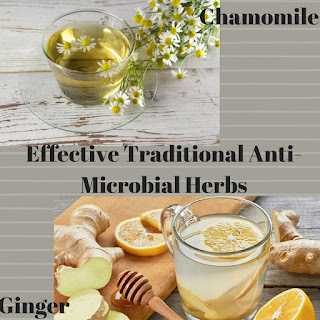New Era in Microbiology-
Bacteria-Killing Infections Found in a Lake Kicked Out an
Antibiotic-Resistant Disease
After a long time of battling with a persistent,
antibiotic-resistant contamination in his chest that required customary courses
of intravenous anti-microbials, you can get it why somebody might be open to
attempting something a small more test.
Bacteriophages are a sort of
infection that advanced to target particular species of microbes as their
hosts. They're naturally incompatible with any organism other than their bacterial
have accomplice, which implies they can't infect people, they just hunt down
the microscopic organisms that can make us wiped out and destroy them. And
since they’re focused on, not at all like anti-microbials, they’ll as it were
wipe out the microscopic organisms we’re attempting to get freed of, and not
take out all the great microbes as well.
In spite of the fact that utilizing
phases to treat bacterial contaminations isn’t a unused idea—it was common in
the early 20th century and was investigated f the Soviet Union—antibiotic
resistance has drawn unused interest to these infection-fighting bugs. Chan has
been examining the advancement and hereditary qualities of phages. Since there
are an evaluated 1031 bacteriophages on the planet, there are always unused
species to be found, and Chan will take them wherever he can get them. .
One
specific phage, initially found in Dodge Lake in Connecticut, was a coordinate
for the type of microbes that had infected the patient’s chest after open heart
surgery a long time earlier. Chan’s investigate had appeared that the phage
murders off that microscopic organisms, and moreover can make it more
vulnerable to antibiotics.
Francis Bennett,
Program Manager
ANTIMICROBIAL CONGRESS 2018
Email: https://antimicrobial.vaccineconferences.com/
Kemp House,
152 City Road,
London EC1V 2NX UK
Office Ph.: +1-702-508-5200 Ext: 8122
ANTIMICROBIAL CONGRESS 2018
Email: https://antimicrobial.vaccineconferences.com/
Kemp House,
152 City Road,
London EC1V 2NX UK
Office Ph.: +1-702-508-5200 Ext: 8122




Comments
Post a Comment